02/05/2024 | Agriculture and Farming | 10 MINUTE READ
Harnessing Precision with Advanced Sensor Technology for Optimal Fish Farm Water Quality
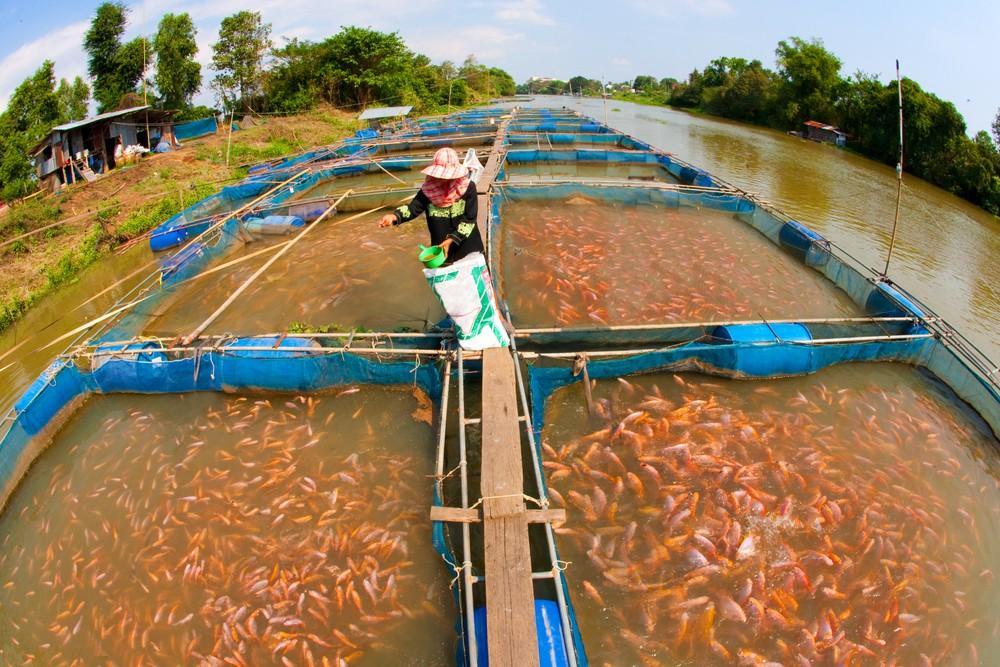
Fish farming is a dynamic and vital industry that caters to the ever-growing demand for seafood. As stewards of aquatic environments, fish farmers are responsible for maintaining optimal conditions for their livestock. Central to the well-being of fish is the availability of oxygen, a fundamental element for their survival.
In this exploration, we delve into the intricacies of fish respiration, the impact of dissolved oxygen levels on fish farms, and the crucial role of water quality monitoring. Understanding the unique respiratory systems of fish, which differ significantly from terrestrial creatures like humans, is fundamental to comprehending the challenges and requirements of fish farming.
The dynamic nature of dissolved oxygen levels, influenced by seasonal variations and external factors such as leaks and water pollution, poses significant threats to fish stocks. This article will elucidate the seasonal fluctuations in dissolved oxygen, the critical limits that necessitate immediate action, and the potential catastrophe of a fish die-off due to oxygen depletion.
Recognizing the imperative of proactive measures, we will explore the importance of water quality monitoring in fish farms. Maintaining a delicate balance of oxygen levels, preventing leaks, and averting water pollution becomes achievable through strategic monitoring and adherence to best practices.
Embracing technological advancements is integral to effective water quality management in fish farming. This article will spotlight the role of sensor technology, discussing how specialized sensors, including those for dissolved oxygen and leak detection, contribute to fish farms’ overall health and productivity.
Join us on this journey to unravel the intricacies of fish oxygenation, the challenges fish farmers face, and the innovative technologies that safeguard the welfare of aquatic life in fish farms.
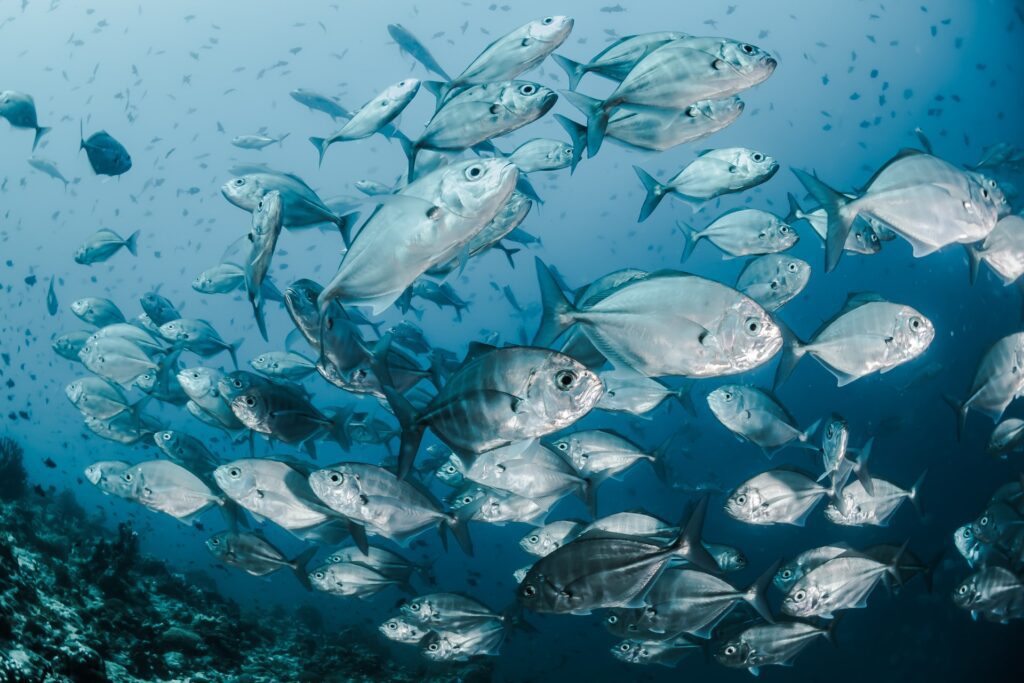
Do Fish Need Oxygen?
While the necessity of oxygen for human survival is well-known, the method through which fish acquire this life-sustaining element is distinct and fascinating. In aquatic life, fish have evolved intricate respiratory systems tailored to their underwater habitats.
Fish Respiratory System
Fish employ gills, specialized organs, to extract oxygen from water. Unlike humans who breathe air, fish take water through their mouths, passing it over the gills just behind their heads. This intricate process allows for the exchange of gases, with fish absorbing dissolved oxygen from the water and releasing carbon dioxide.
Challenges in Fish “Breathing”
The efficiency of fish respiration faces unique challenges due to the substantial difference in oxygen concentrations between air and water. While humans enjoy a relatively high oxygen content in the air, fish contend with lower oxygen levels in water. Despite the challenges, fish have adapted through the evolution of gills – large structures with thousands of small blood vessels, maximizing oxygen extraction.
Understanding the nuances of fish respiration is crucial for fish farmers tasked with maintaining optimal conditions in aquaculture systems. The extraction of oxygen from water is fundamental to the well-being of fish, and any disruptions in this delicate balance can have profound consequences.
We will explore the intricacies of dissolved oxygen levels in fish farms, the seasonal variations that impact these levels, and the critical thresholds that, if breached, can lead to a swift and devastating fish die-off. Through this exploration, the importance of proactive measures and advanced technologies, such as water quality monitoring and specialized sensors, will become evident in ensuring the health and vitality of fish in aquaculture environments.
Dissolved Oxygen in Fish Farms
Maintaining an optimal level of dissolved oxygen (DO) is a fundamental imperative in the intricate choreography of fish farming. The quantity of dissolved oxygen in water is a pivotal gauge for the health and vitality of fish populations, commanding significant attention in aquaculture management.
To embark on a successful fish farming venture, understanding and adhering to specific measurement requirements for dissolved oxygen constitute the foundational steps. Monitoring these levels transcends mere precision; it evolves into a proactive measure, a guardian’s watchful eye dedicated to safeguarding the fish stock and preserving the quality of the aquatic environment.
The correlation between dissolved oxygen levels and the well-being of fish stock is undeniable. Fish thrive in environments where the content of dissolved oxygen remains constant, ensuring the security of their respiratory needs. This equilibrium, undeniably intertwined with the overall quality of the fish, becomes a linchpin for fish farmers striving to deliver high-quality produce.
The dynamic nature of dissolved oxygen introduces seasonal variations that demand meticulous consideration. Optimal levels, ranging from 7-8 mg/l in the warmer summer months to a maximum of 10 mg/l in colder winter conditions, create a shifting canvas that necessitates understanding and adaptation. Effective aquaculture management hinges on recognizing and navigating these fluctuations with precision.
The stakes regarding dissolved oxygen levels reach a pinnacle, marking a potential disaster if allowed to plummet below critical thresholds. With a stringent limit of 4-5 mg/l, any breach attributable to factors such as leaks or water pollution can trigger a rapid fish die-off, underscoring the urgency of maintaining a delicate balance in the aquatic ecosystem.
Immediate and severe fish die-offs result from insufficient dissolved oxygen levels. This occurrence poses a significant risk to the fish population, necessitating a timely response and implementing preventative measures to mitigate this imminent threat.
External factors, such as leaks and water pollution, emerge as potential disruptors to the delicate equilibrium of dissolved oxygen. Recognizing and implementing strategies to address these influences become pivotal in sustaining a healthy aquatic environment, further emphasizing the intricate dance that fish farmers must choreograph to ensure the well-being of their aquatic charges.
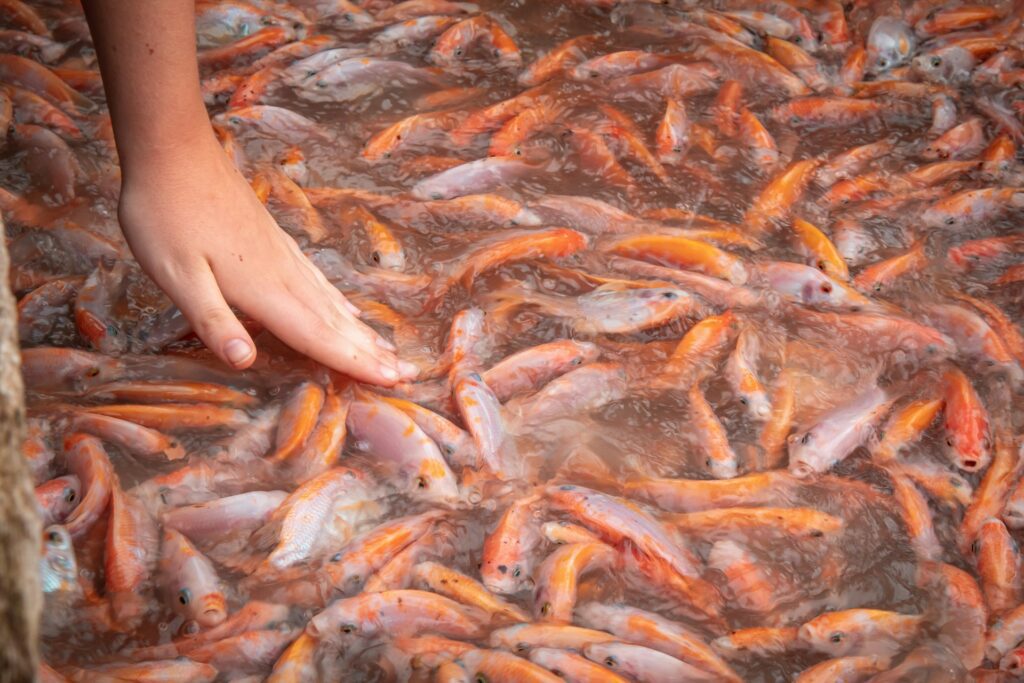
Water Quality Monitoring in Fish Farms
The prosperity of fish farming intricately hinges upon the meticulous maintenance of optimal water quality. In this context, vigilant water quality monitoring is an indispensable practice to ensure fish populations’ sustained health and productivity. This section explores the critical importance of such monitoring, shedding light on the strategies that fish farmers can deploy to safeguard the well-being of their aquatic charges.
Importance of Monitoring
Water quality monitoring assumes a pivotal role as a cornerstone in the overarching goal of preserving fish stock and cultivating high-quality fish. Through the systematic tracking of various parameters, fish farmers gain valuable insights into the prevailing conditions and equip themselves with the necessary information to directly impact the welfare of their aquatic livestock.
Preserving Fish Stock
The vitality of a successful fish farm rests on the backbone of a healthy fish stock. Water quality monitoring is an early warning system, enabling farmers to detect potential issues before burrowing into more significant challenges. This timely intervention becomes instrumental in protecting the overall well-being of the fish population, ensuring its sustained vitality.
Maintaining High-Quality Fish
Beyond mere quantity, the quality of the fish is an equally critical metric. Monitoring key parameters such as dissolved oxygen, pH levels, and water temperature becomes imperative in creating an environment conducive to fish’s optimal growth and development. This meticulous attention to environmental conditions ultimately yields a harvest of high-quality fish, aligning with the aspirations of fish farmers.
Strategies for Maintaining Dissolved Oxygen
A primary focus of water quality management lies in achieving and sustaining optimal dissolved oxygen levels, which entails implementing preventive measures such as avoiding leaks and addressing water pollution. By maintaining this delicate balance required for fish respiration, fish farmers proactively contribute to the overall health and resilience of the aquatic ecosystem.
Regular Measurement and Monitoring
Consistent monitoring involves the regular measurement of key water quality indicators. This proactive approach empowers fish farmers to identify trends, anticipate potential challenges, and implement corrective actions promptly. By embracing this continuous assessment, farmers further fortify their ability to ensure the sustained well-being of their aquatic charges.
Preventive Measures
Effective water quality monitoring extends beyond observation to the implementation of preventive measures. From maintaining proper stocking densities to regularly cleaning fish tanks, these proactive actions significantly contribute to the overall health and resilience of the aquatic environment. This holistic approach emphasizes the importance of a preventive mindset in fish farming practices.
Proper Sensor Technology for Water Quality Monitoring
Integrating advanced sensor technology is a transformative force in the intricate realm of fish farming, where precision and timely responses are crucial. These sophisticated tools play an integral role in constantly monitoring and maintaining optimal water quality conditions, shaping the future of aquatic life management.
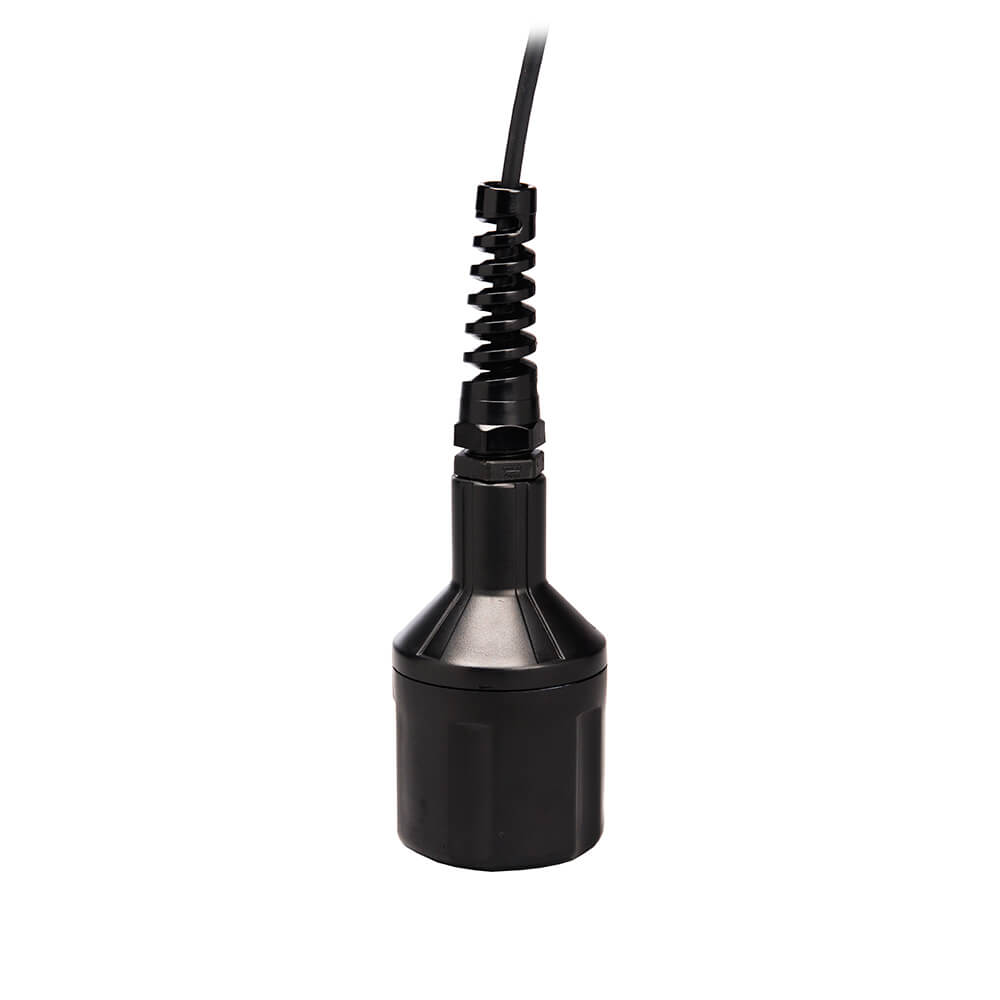
Role of Sensors in Fish Farms
Sensors emerge as vigilant guardians, offering real-time data on vital water quality parameters in the intricate tapestry of fish farms. These devices provide fish farmers with a comprehensive understanding of the aquatic environment by covering aspects from dissolved oxygen levels to temperature and beyond, empowering them with actionable insights.
Monitoring Dissolved Oxygen Levels
The precision of specialized sensors in monitoring dissolved oxygen levels becomes paramount for the well-being of fish. Continuous tracking ensures that oxygen concentrations are maintained within the optimal range, a proactive measure that proves vital in preventing fish stress and potential die-offs, safeguarding the overall health of aquatic life.
Detecting Leaks and Water Pollution
Leak detection sensors stand as sentinels, ever-watchful against potential threats to water quality. Swiftly identifying leaks or pollutants, these sensors enable a rapid response, preventing the deterioration of conditions that could otherwise jeopardize the health of the fish stock. Their role is instrumental in maintaining the integrity of the aquatic environment.
Types of Sensors
- Dissolved Oxygen Sensors: These devices deliver accurate and real-time measurements of oxygen levels, providing indispensable data for maintaining optimal conditions crucial for fish health.
- Leak Detection Sensors: These sensors are critical in preventing water contamination and ensuring the aquatic habitat’s sustained cleanliness because they identify any undesirable influx or outflow.
Advantages of Sensor Technology in Fish Farming
- Precision and Accuracy: Sensors bring accuracy, allowing for proactive decision-making based on reliable data.
- Real-time Monitoring: The continuous acquisition of real-time data ensures a swift response to changing conditions, enhancing the adaptability of fish farming operations.
- Cost-Efficiency: Early detection of potential issues through sensors is a cost-effective investment, preventing more significant and costly consequences.
Integration into Water Quality Management
Proper sensor technology seamlessly integrates into comprehensive water quality management strategies. From implementing preventative measures to orchestrating immediate responses, these sensors contribute to fish farming operations’ overall efficiency and sustainability. The marriage of precision technology with aquaculture practices is not merely a trend but a strategic approach, ensuring the health and longevity of aquatic life in the ever-evolving landscape of fish farming.
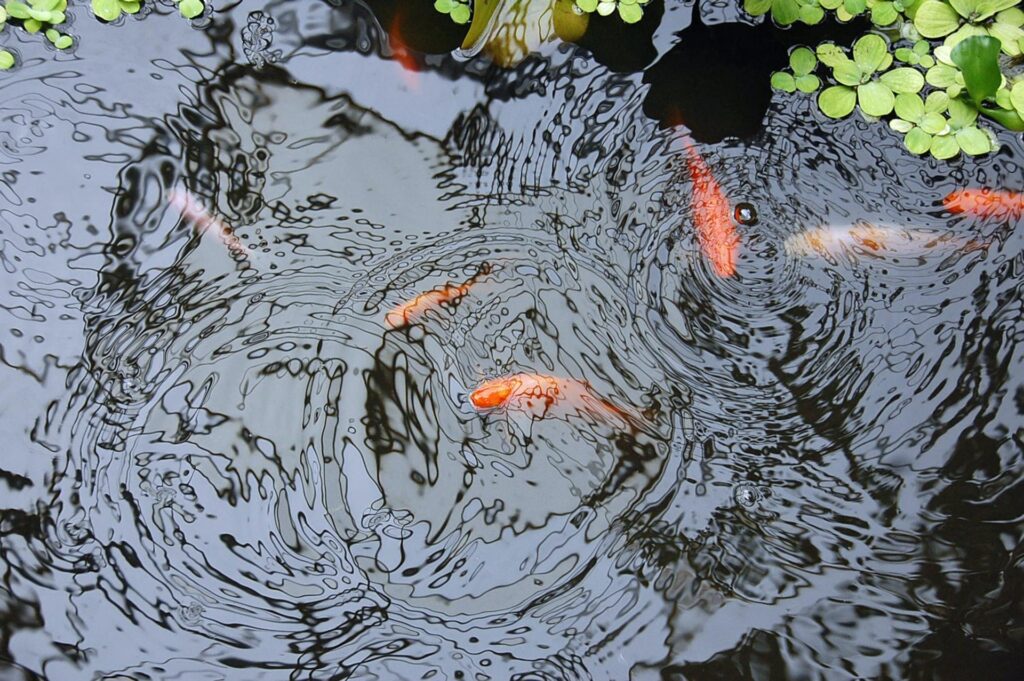
Conclusion
In the dynamic world of fish farming, the vitality of aquatic environments is crucial to the delicate balance of oxygen levels and water quality. As we conclude this exploration into fish respiration, dissolved oxygen dynamics, and the essential role of water quality monitoring, it becomes clear that the fusion of technology and thoughtful management is the key to ensuring the well-being of fish populations.
In conclusion, the success of fish farming lies at the intersection of scientific understanding, proactive management, and cutting-edge technology. By embracing the lessons learned from the intricacies of fish respiration and implementing water quality monitoring with state-of-the-art sensor technology, fish farmers can mitigate risks and foster environments where aquatic life thrives. As the aquaculture industry evolves, the marriage of care, knowledge, and technology remains the driving force behind sustainable and prosperous fish farming practices.
Posted by Joshua Samp on February 5, 2024
Sensorex is a global leader in the design and manufacture of quality sensors for water quality and process applications. The company offers more than 2000 sensor packages for pH, ORP, conductivity, dissolved oxygen, free chlorine, chlorine dioxide, UV transmittance and other specialty measurements, as well as a full line of sensor accessories and transmitters. Its expert technical support engineers solve analytical sensor challenges with custom designs and off the shelf products.




